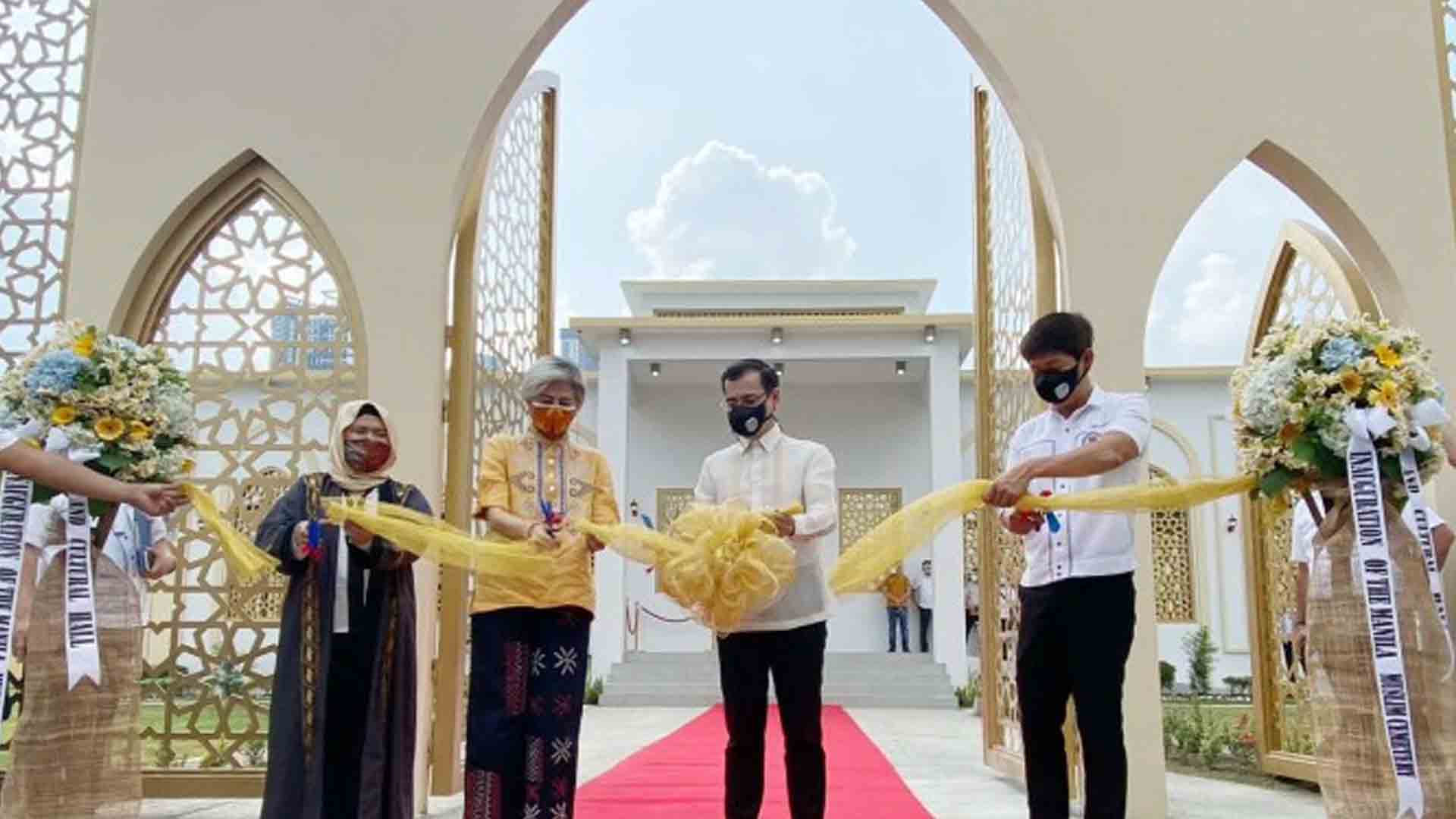The Manila city government inaugurated its first Muslim Cemetery and Cultural Hall located inside the Manila South Cemetery on Monday.
Mayor Francisco “Isko Moreno” Domagoso said it is the city’s way of paying tribute to Muslims, especially those in Manila, for their services in the nation’s capital.
“Ipinangako ko ito na ‘pag binigyan ako ng pagkakataon pagdating ng araw (I promised that if I be given the chance), we will build a place for our Muslim brothers and sisters in Manila and I’m happy that now they can have a place in Manila,” Domagoso said during an interview after the inauguration.
The inauguration was part of the celebration of Manila’s 450th founding anniversary on June 24.
Domagoso said the 2,400 square-meter cemetery should remind the youth and the generations to come of the capital city’s rich history, culture, and tradition.
He narrated that a big part of Manila’s forefathers were Muslims who were already around before the Spaniards came.
Manila was once known as the Land of the Rajahs (rulers), according to Domagoso.
History showed that Rajah Sulayman, the Rajah of Maynila, ruled the southern half of the Pasig River even before the Spanish expedition arrived in the early 1570s.
Rajah Matanda and Lakan Dula, meanwhile, reigned in neighboring Tondo.
Domagoso said the youth should “be reminded of the continuing existence and sense of belonging so that we can erase biases and prejudice. We are all Filipinos, after all”.
Muslims have been struggling in burying their dead for lack of proper burial grounds in Manila. Some had to be brought to provinces that have a Muslim cemetery or go home to Mindanao.
Also present during the event was Maguindanao Representative (2nd District) Toto Mangudadatu, who said he will file a bill that will require local government units to allocate a public Muslim cemetery, inspired by Manila’s move. (PNA)








